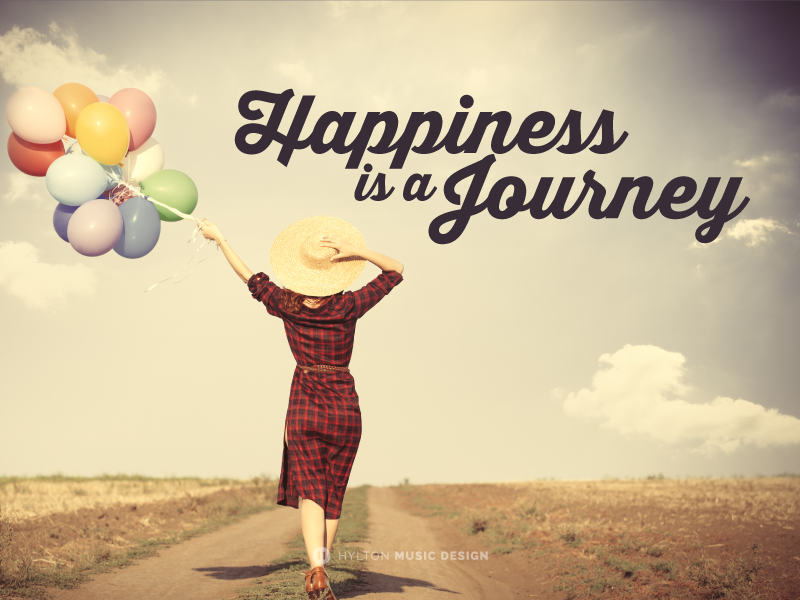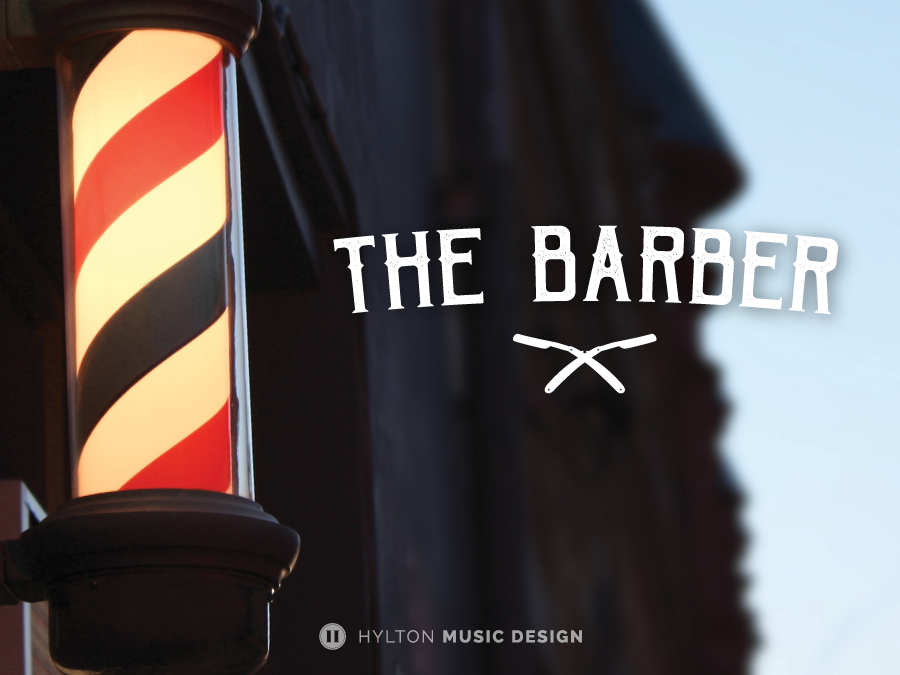Music inspired by:
- Happy Days are Here Again by Ager/Yellen
- Concerto in F by George Gershwin
- Prelude No. 2 by George Gershwin
- Smile by Charlie Chaplin
- Get Happy by Arlen/Koehler
All copyrighted material must be properly licensed before use.
A big band and Gershwin style show that will present your audience and judging panel with many layers of complexity and emotion. Ultimately, this show aims to help us to understand that we must all seek out our own happiness regardless of the numerous road-blocks life throws at us. With the flexibility that’s built into this design, we’ve put together several options for prop and costuming themes that will speak directly to the concept, thereby helping your ensemble to communicate more effectively in effect captions.
Imagine the field is set with road signs like a metropolitan area, only the signs say things like: “Happiness 40 miles,” and “Elation, Illinois population 0.” The colorguard is dressed like business travelers from the 1950’s with long trench coats and briefcases filled with documents.
The strings and mallets set the elated mood during a calm preshow vamp and the battery soon joins the mallets for a bebop inspired mallet feature that kicks off the introduction. A trumpet duet appears that leads us to a joyful big band style hit in which the guard manipulates their trench coats to fill lots of field space. The trumpets soon re-appear to foreshadow a sense of concern as we build to the final climax of the introduction.
Then it’s off to the rat race with Gershwin’s driving Concerto in F. The guard grabs their coats and cases and set off in a pedestrian scramble. Rush hour is upon us and we fight the crowds of other workers to try and reach our destination. Soon a lone trumpet solo depicts our guard soloist stressed and anxious leading to a short moment of melancholy before taking off again. A loud battery moment sets up a grid of 3 wind choirs and guard with briefcases. As each wind choir begins its phrase sequentially, guard members begin to open their briefcases and frantically scatter papers about the staging area sending us to a distressed climax.
The next movement begins with a unique juxtaposition of two themes. Gershwin’s Prelude No. 2 and Chaplin’s Smile work together to create a sense of deep melancholy felt by our guard characters. A promising clarinet solo makes way for a child character with a balloon to pass by, creating a sense of hope that is quickly disheartened by the Gershwin piano theme but then the child offers the balloon to our sad main character and in a rush, he lifts the child in the air as the full musical ensemble moment begins. Our character begins to realize where his happiness lies. The 2 characters rejoice hand in hand center stage leading up to the finale of this movement.
The final movement is true jazz-inspired joy. After the intro and main theme, each section is featured in a stand-alone moment to show off their technique. First, the battery lays down the swing groove that leads to the mallet and woodwind feature, then the trumpets take us into a minor lick before a rhythmic figure leads us back to a recapitulation of themes from our introduction and opener. Thick jazz harmony and swing propels us to the finale of this celebratory production.





